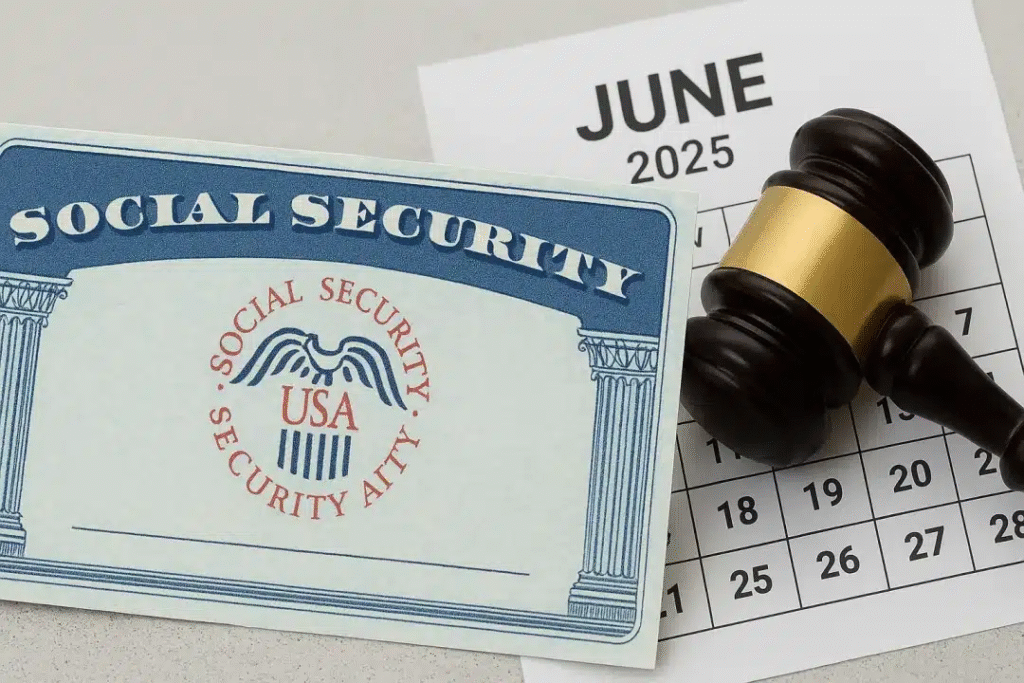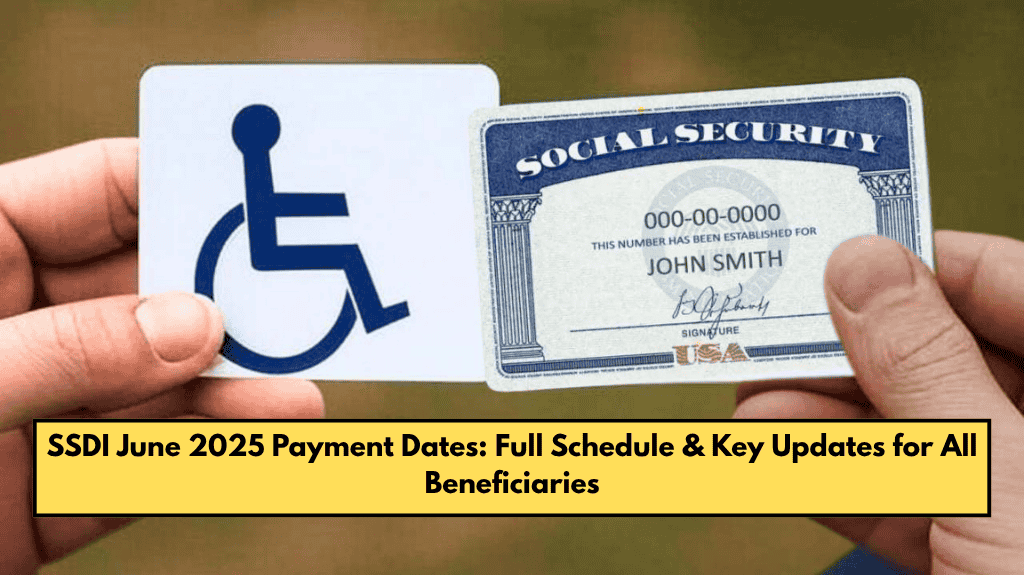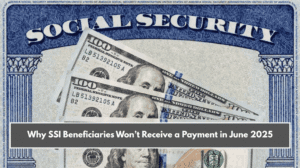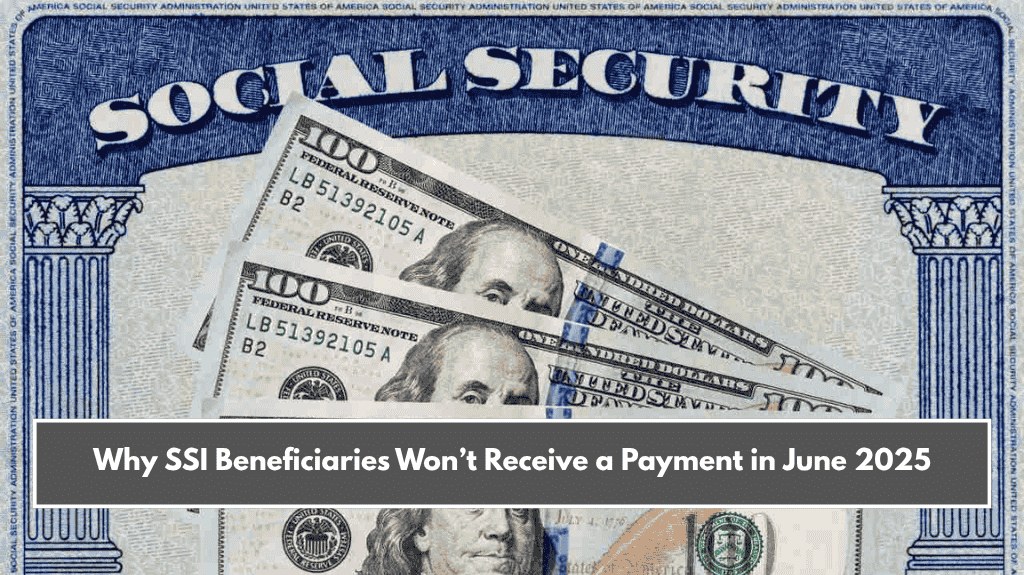If you’re receiving Social Security Disability Insurance (SSDI) in the United States, it’s important to know the exact dates your payment will arrive. For June 2025, the Social Security Administration (SSA) has already confirmed the complete schedule for all beneficiaries. Here’s a clear breakdown of when to expect your funds and what else to keep in mind, including how much money you could get, and important updates like reductions due to student loans.
When Will You Receive SSDI in June 2025?
SSDI payments follow a regular pattern depending on your birth date and when you started receiving benefits. If you started collecting after May 1997, your payment will be made based on the day you were born.
Here is the confirmed payment schedule for June 2025:
- If your birthday falls between June 1 and June 10, you will get your SSDI on Wednesday, June 11.
- If your birthday is between June 11 and June 20, expect your payment on Wednesday, June 18.
- If your birthday falls between June 21 and June 31, your payment will arrive on Wednesday, June 25.
For those who have been receiving SSDI since before May 1997, the payment will come earlier—on Tuesday, June 3. This date also applies to people who receive Supplemental Security Income (SSI).
How Much Can You Get From SSDI in 2025?
In 2025, thanks to a 2.5% cost-of-living adjustment, the maximum SSDI benefit amount is $4,018 per month. This amount is given only to people who had the highest earnings during their working years.
However, most people receive less than this amount. According to SSA and DisabilitySecrets.com, the average SSDI payment is about $1,580 per month. In fact, two-thirds of all SSDI beneficiaries receive less than $1,600 monthly.
If you’re also eligible for SSI, you could receive up to $967 if you’re single, and $1,450 if you’re part of a couple receiving benefits together.

Who Can Get SSDI Benefits?
To qualify for SSDI, a person must have a serious medical condition that keeps them from doing substantial work for at least 12 months. They must also meet income limits:
- For people who are not blind, monthly earnings must be less than $1,620.
- For those who are legally blind, the limit is $2,700.
You also need to have paid into the Social Security system and earned 40 work credits, with 20 of those earned in the last 10 years before your disability began. Age-related exceptions are allowed.
Note that you cannot receive SSDI and retirement benefits at the same time.
Why Some SSDI Payments May Be Reduced in June
There is a major update starting June 2025—the U.S. Treasury Department can deduct up to 15% of your SSDI benefits if you have defaulted federal student loans. According to CNBC, this could affect around 452,000 people.
So, if you have unpaid student loans, your monthly SSDI payment may be reduced. If you think this might happen to you, it’s a good idea to contact your local SSA office and ask for help or advice on how to reduce the impact.
SSDI beneficiaries in June 2025 should keep a close eye on their payment dates, especially if they are affected by student loan deductions. Most people will receive their payments according to their birth date, while older beneficiaries (on SSDI since before May 1997) will get paid earlier.
The benefit amounts vary, and only those with the highest past earnings receive the maximum of $4,018 per month. As always, staying informed and checking official SSA updates can help avoid surprises and delays.















